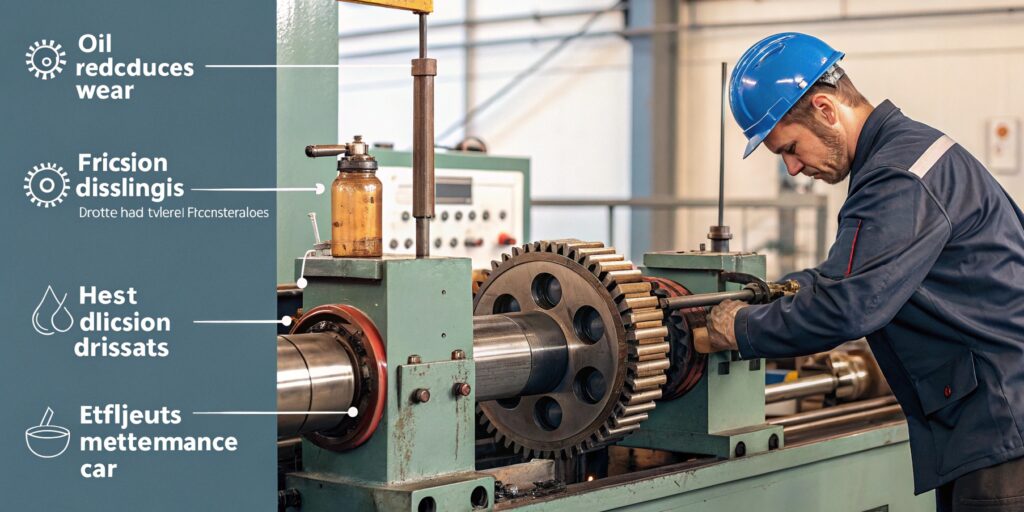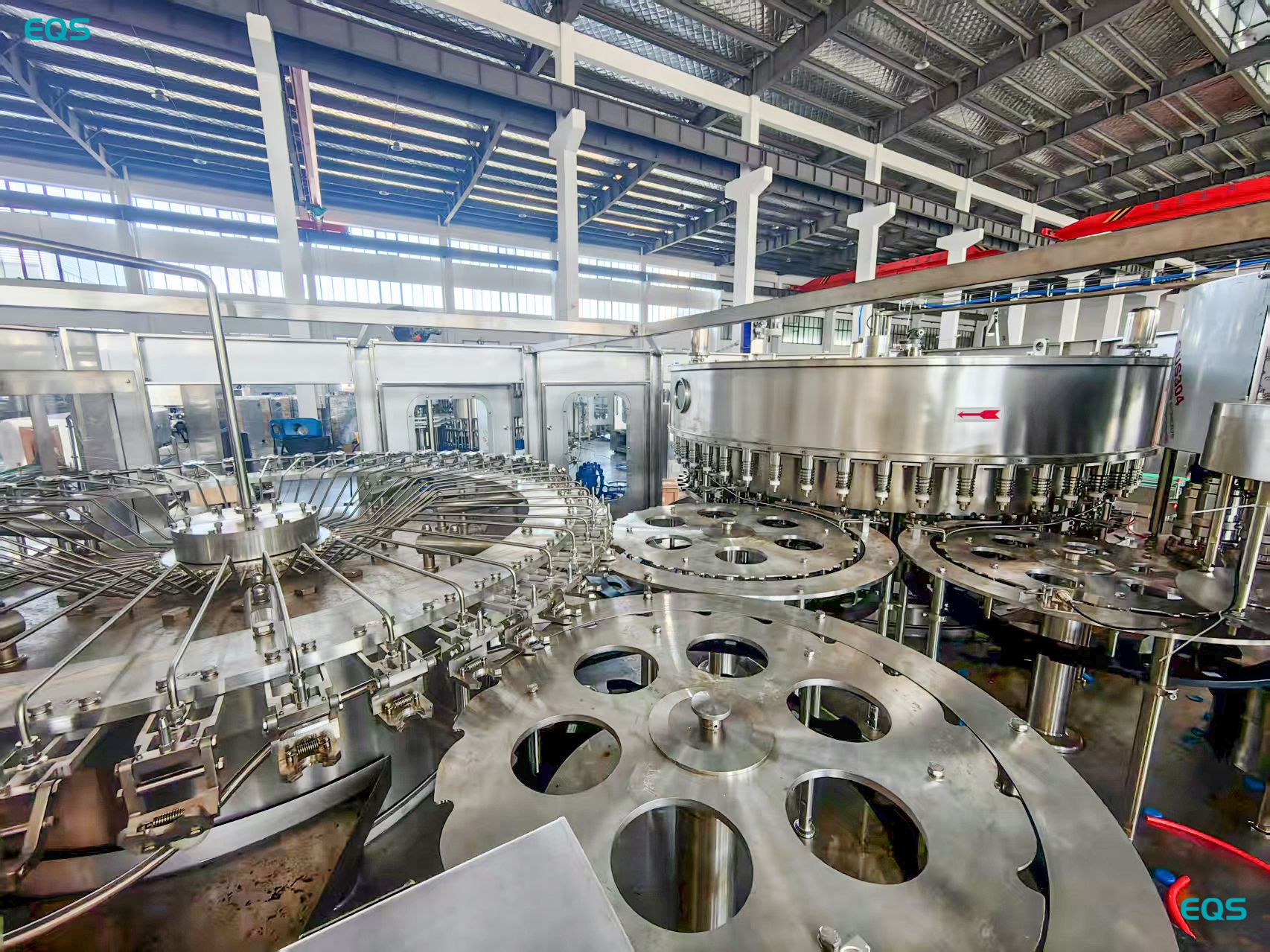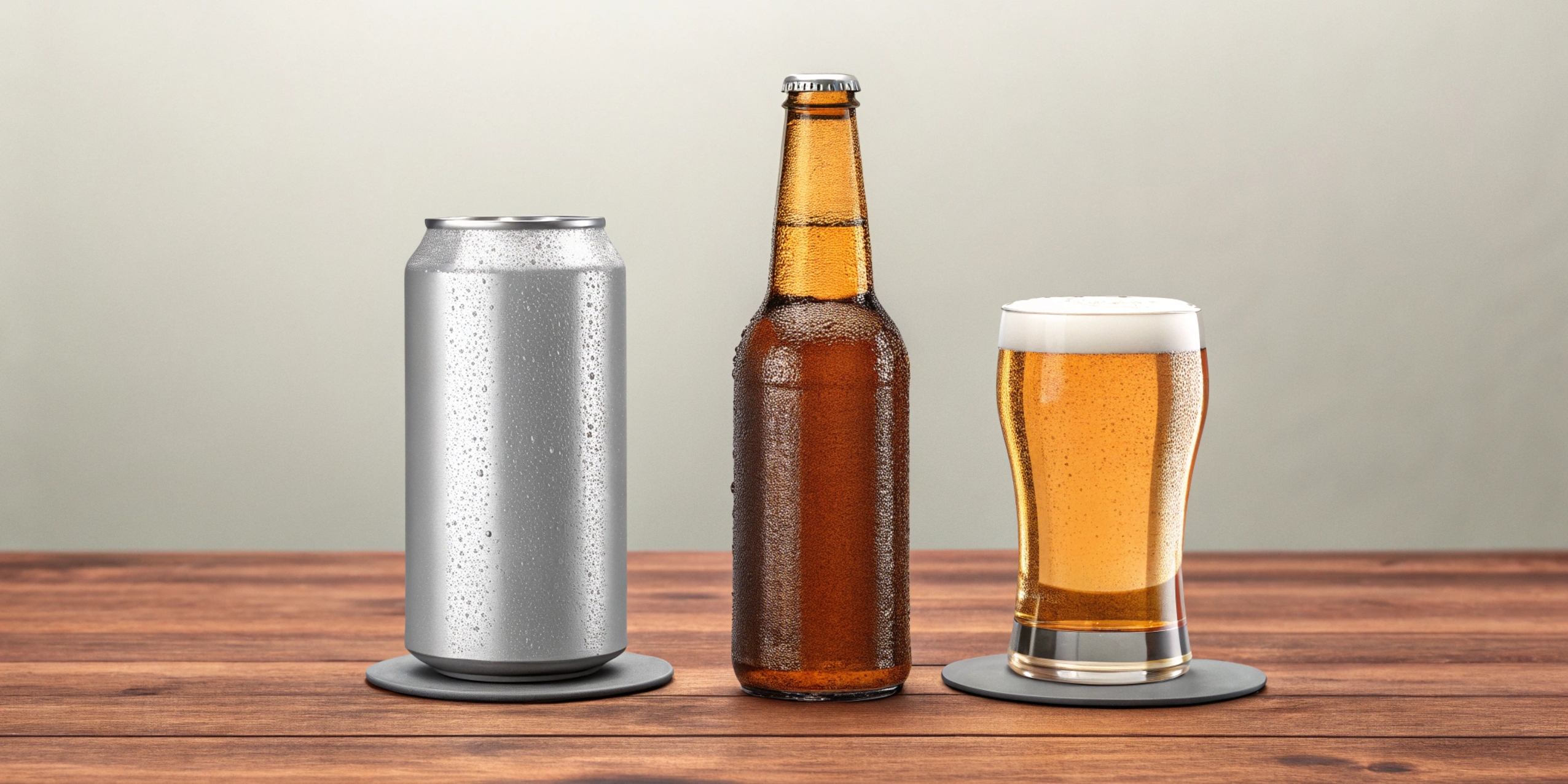What is an oil filling machine?
Leading paragraph:
Ever wondered how those neatly filled bottles of cooking oil get that way? The answer is the oil filling machine!
Snippet paragraph:
An oil filling machine is a specialized piece of equipment designed to accurately and efficiently fill containers with various types of oils, from cooking oils to industrial lubricants.

Transition Paragraph:
Let's explore how these machines work, their purpose, and the principles behind them.
How does the filling machine work?
Leading paragraph:
Oil filling machines handle viscous liquids with precision. But how do they actually get the job done?
Snippet paragraph:
Oil filling machines typically use volumetric or weight-based filling methods. They employ pumps, nozzles, and control systems to dispense precise amounts of oil into containers while minimizing spills and ensuring consistent fills.

Dive deeper Paragraph:
The operation of an oil filling machine depends on the filling method:
- Volumetric Filling: These machines use pistons or flow meters to measure and dispense a specific volume of oil. They're suitable for oils with consistent viscosity.
-
Weight-Based Filling: These machines use load cells to measure the weight of the oil being dispensed. They're more accurate for oils with varying densities or viscosities.
Nozzles play a crucial role in preventing drips and spills. They're designed to shut off quickly and cleanly after dispensing the oil. Control systems ensure that the filling process is consistent and accurate, even at high speeds. For example, at EQS, we focus on liquid packaging solutions, integrating global advanced technologies to serve the liquid food industry. I am sure I can find a solution for you.
What is the purpose of oiling the machine?
Leading paragraph:
"Oiling the machine" is a common expression, but what's the actual purpose when it comes to machinery?
Snippet paragraph:
Oiling a machine, including an oil filling machine, reduces friction between moving parts, prevents wear and tear, dissipates heat, and protects against corrosion. This ensures smooth operation, extends the machine's lifespan, and reduces the risk of breakdowns.

Dive deeper Paragraph:
Here's why proper lubrication is essential for oil filling machines:
- Reduced Friction: Oil creates a thin film between moving parts, reducing friction and preventing them from grinding against each other.
- Wear and Tear Prevention: By reducing friction, oil minimizes wear and tear on machine components, extending their lifespan.
- Heat Dissipation: Oil helps to dissipate heat generated by friction, preventing overheating and damage to the machine.
-
Corrosion Protection: Oil forms a protective barrier against moisture and other corrosive elements, preventing rust and corrosion.
Regular oiling is a critical part of machine maintenance. It helps to keep the machine running smoothly, reliably, and efficiently. Neglecting lubrication can lead to costly repairs and downtime.
What is the principle of filling machine?
Leading paragraph:
Behind every filling machine is a set of core principles. What are the key principles that guide their operation?
Snippet paragraph:
The principle of a filling machine is to accurately and consistently dispense a predetermined amount of product into containers. This relies on precise measurement, control, and automation to ensure efficiency and minimize waste.

Dive deeper Paragraph:
Here are the key principles behind the operation of a filling machine:
- Accurate Measurement: The machine must accurately measure the amount of product being dispensed, whether by volume, weight, or other means.
- Precise Control: The machine must precisely control the dispensing process to ensure that the correct amount of product is delivered to each container.
- Consistent Filling: The machine must consistently fill containers to the same level or weight to maintain product quality and uniformity.
- Automation: The machine must automate the filling process to increase efficiency and reduce labor costs.
-
Hygiene: Especially for food-grade oil filling machine, the machine need to be cleaned and sanitized to ensure food safety
By adhering to these principles, filling machines can efficiently and reliably fill containers with a wide range of products.
What is the function of filling machine?
Leading paragraph:
Filling machines are vital in many industries, but what specific functions do they perform?
Snippet paragraph:
The primary function of a filling machine is to automate the process of filling containers with liquids, powders, or other materials. This increases production speed, improves accuracy, and reduces labor costs compared to manual filling methods.

Dive deeper Paragraph:
Here are some key functions of filling machines:
- Automated Filling: Filling machines automate the filling process, reducing the need for manual labor and increasing production speed.
- Precise Measurement: Filling machines accurately measure the amount of product being dispensed, ensuring consistent fill levels and reducing waste.
- Consistent Filling: Filling machines consistently fill containers to the same level or weight, maintaining product quality and uniformity.
- Reduced Spillage: Filling machines minimize spillage and waste, saving product and reducing cleanup costs.
-
Increased Efficiency: Filling machines increase production efficiency, allowing businesses to produce more product in less time.
Filling machines are essential for any business that needs to fill a large number of containers quickly, accurately, and efficiently.
Conclusion
Oil filling machines are essential for packaging oil products, ensuring precision and efficiency. They rely on key principles of measurement, control, and automation to streamline the filling process.
My name is Allen, and I'm an expert in filling machine technology at EQS (eqsfilling.com), a leading liquid packaging solution provider based in China. If you're looking for top-quality filling machines for your production line, feel free to reach out to me at [email protected]. We specialize in providing customizable solutions with cutting-edge technology.






